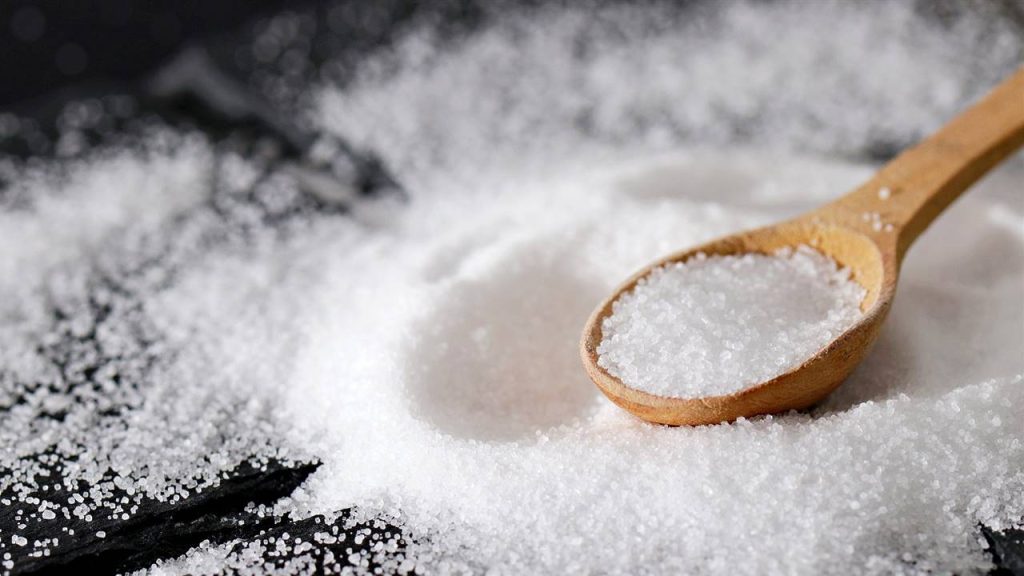
There are food groups that are clearly very healthy, such as vegetables, nuts, seeds, whole grains, and fruits. But which foods are the most dangerous to our health?

Many nutritionists believe, probably rightly, that to improve your diet you have to start by abandoning products that increase the risk of disease. If you cut out those “foods,” all that’s left is pretty good. But which foods are the least healthy and why are they so dangerous?
Researchers at the University of Cambridge and nutritionists from Boston and New York studied how many of the deaths caused by cardiovascular disease and diabetes could be attributed to dietary errors and published their findings in the Journal of the American Medical Association. They concluded that nearly half of the deaths are diet-related and most are related to excessive salt consumption.
It’s almost as harmful if you consume too many processed meat products, too many sugary drinks, and at the same time, you don’t get enough omega-3 fatty acids and you don’t eat enough vegetables, fruits, nuts, and seeds.
WHAT ARE THE MOST DANGEROUS FOODS?
The three most dangerous food groups are:
- Salt-rich products (and therefore almost all ultra-processed and pre-cooked products including bread, sausages and cheese).
- Processed meat products.
- Sugar-sweetened beverages.
Processed meat products – such as fresh or cured cold cuts, hamburgers, sausages, etc. – usually contain a lot of salt (salt as such or as part of preservative additives such as sodium nitrite), which makes them doubly dangerous.
Although it is best to completely renounce processed meat, if you want to continue consuming them you can look for products without additives.
THE FOODS YOU SHOULD EAT
Another study, presented at an American Heart Association conference in 2019, examined 400,000 cardiovascular deaths and their actual causes. It found that 9 percent of these deaths could be attributed to excess salt. This study also confirmed that deficit of other foods can be deadly if you don’t eat them, such as fruits, vegetables, whole grains and nuts:
- 11.6% of deaths occurred because not enough nuts and seeds were eaten.
- 11.5% because there were not enough vegetables on the table.
- 10.4% because those affected did not like whole grains.
HOW DANGEROUS ARE UNHEALTHY FOODS?
Now the question arises of how much salt is problematic, how much sausage is too much, and how much vegetables is too little. According to the first study mentioned above, these amounts should be used as a guide:
1. DON’T EAT MORE THAN 5 G OF SALT A DAY (OR 2.3 G OF SODIUM)
This amount of salt applies both to the salt contained in prepared products and to the salt you add to your meals. Be sure to read the ingredient list of packaged products. If the sodium content is specified there, for example, 0.3 g per serving, you can multiply that number by 2.5 to get the salt content per serving.
2. DON’T EAT PROCESSED MEAT PRODUCTS
As far as processed meat products are concerned, the required rule can be implemented without much calculation work. The allowable amount is exactly 0 grams, so these foods should not be consumed at all if you want to maintain a healthy cardiovascular system. Remember that the World Health Organization considers them carcinogenic.
3. DON’T DRINK SUGARY DRINKS
With sugar-sweetened beverages it is the same as with processed meat products: they should not be consumed, even in the smallest amounts. An ideal drink is mineral water, if desired, you can add a splash of lemon juice (freshly squeezed).
HOW TO AVOID DANGEROUS FOODS AND EAT HEALTHY
If you follow the three rules above, you’re on the right track. If you also ensure plenty of exercise and observe the following rules, your risk of dying as a result of cardiovascular disease or type 2 diabetes decreases greatly:
- Eat more than 20 g of nuts and seeds a day.
- Consume more than 250 mg of omega-3 fatty acids.
- Eat more than 400 g of vegetables and more than 300 g of fruit a day.
Eat 125 g or more of whole grains a day.